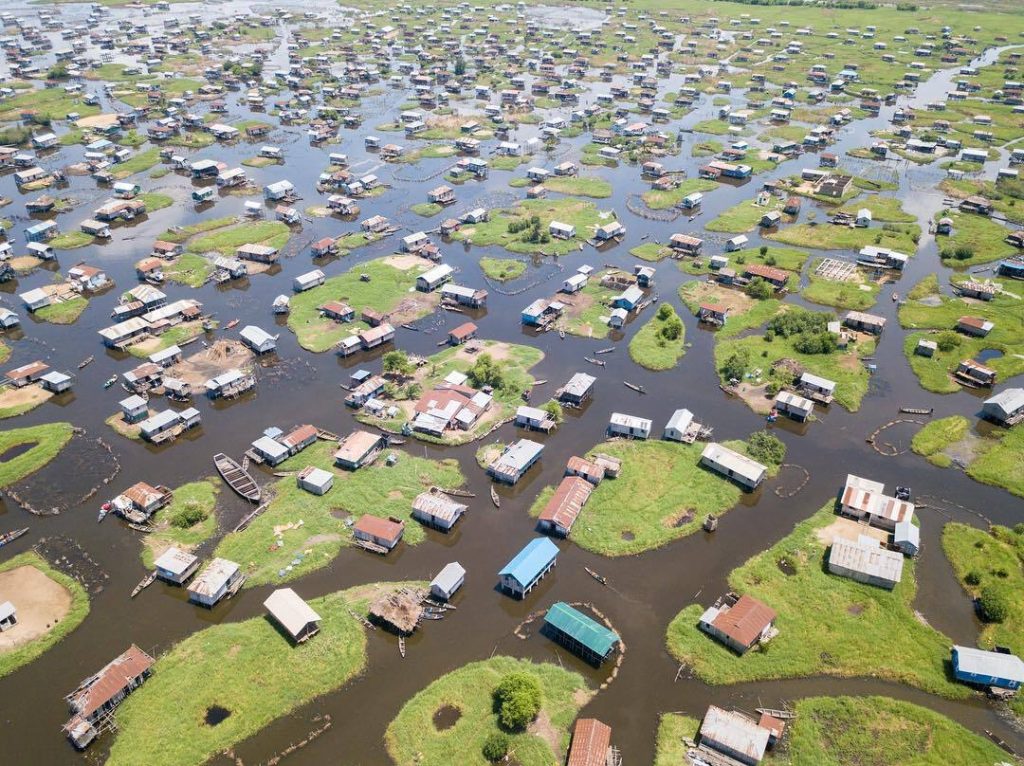“Cities hold the potential to pioneer a comprehensive climate agenda, serving as laboratories for sustainable initiatives, cross-sectoral innovations and community-oriented strategies.” [ArchDaily]
.
Across Europe, cities are learning from one another as they adapt to climate change; and urban planners everywhere are learning from cities in southern Africa.
Perhaps cities can learn from towns when it comes to Resilience Planning:
Sponsored by city officials, participatory initiatives are seen to be largely top-down in nature and not generally democratic per se. We then turn to the Transition Town movement, often cited by environmentalists as a progressive ecological alternative founded on citizen engagement…
But towns can certainly learn from cities – with a series from the ArchDaily giving Lessons in Environmental Resilience:
In the rapidly evolving landscape of the 21st century, cities have emerged as models of innovation in terms of sustainable development goals. Cities creatively address pressing urban challenges, including density, transportation, housing, and resilience. They hold the potential to pioneer a comprehensive climate agenda, serving as laboratories for sustainable initiatives, cross-sectoral innovations and community-oriented strategies. Cities act as catalysts for revolutions, implementing impactful solutions that can be applied worldwide.
With a lot of interesting examples from the last twelve months:

Located in the southern part of Benin-Republic, near the port city of Cotonou, is Ganvie; the largest floating village in Africa. It is situated in the middle of Lake Nokoué and is characterized by colorful wooden stilt houses arranged around artificial islands dating back to the 17th century. It has been sustained over time by their communal socio-ecological aquacultural systems and has now become a global tourist attraction for the country. Aquaculture has become increasingly challenging to maintain as the village struggles to retain its economic foundation. Additionally, traditional building practices have given way to modern ones, and the village faces ongoing environmental challenges. Nevertheless, the unique lifestyle of the locals around the water still offers many lessons for the design of prospective floating cities.
The Floating Village of Ganvie: A Model for Socio-Ecological Urbanism | ArchDaily
New Orleans’ Equity-Driven Reforestation Plan | ArchDaily
10 “Copenhagen Lessons” From the UIA World Congress of Architects 2023 | ArchDaily
…